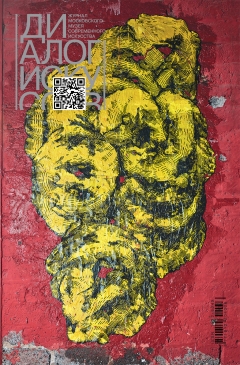In March MMOMA is opening an exhibition-performance titled “Theatre’s DNA” held in celebration of the 140th anniversary of the Russian Institute of Theatre Arts – GITIS, which is one of the world’s most famous theatre institutes. Artist and curator Alexey Tregubov told Yulia Yusma what secrets of theatrical production the exhibition will unveil.
Yulia Yusma. You have chosen to set up the exhibition as a laboratory. The project will be developing in front of viewers’ eyes.
Alexey Tregubov. The idea for this format emerged from the title “Theatre’s DNA”. DNA exists in the nucleus of the cell and in a way GITIS is theatre’s nucleus since this is where all of the primary creative disciplines are taught. The exhibition space will be divided into eight blocks – each for every faculty. During the daytime in the exhibition halls classes will be held – not mere shows but real instances of the learning process. Some of the students and teachers will move temporarily to the museum. In the evening viewers will be presented with the results of the work of students and their teachers. For each of the project’s twelve days the content on view will differ. Attending the show every day, one will have an opportunity to observe how the mood changes and the material – the text of the play “The Mistress of the Inn” by Carlo Goldoni – is being transformed.
Y.Y. Why have you chosen “The Mistress of the Inn”?
A.T. The play was first mentioned in Olga Knipper’s memoires and is connected with the formation of the Moscow Art Theatre. We have chosen this play – classical but in a way still controversial – as a shared starting point for all of the participants of the project.
Y.Y. When theatre moves to a museum, how does the new environment affect how people work?
A.T. The studies will continue as usual but nobody yet knows what the result of the work will be. Each faculty has its particular characteristics and no one can predict what actors, set designers and artists will be exhibiting on each of these twelve days. However it is clear that this format will allow viewers to grasp how the different theatre faculties function, to delve into the production process and the specifics of each faculty and different teachers’ methods. They will also be invited to participate. This is a cross section of a theatrical operation, vivid and diverse, developing here and now; it is more a live stream of a creative process than a finished piece, and this is the reason the project is titled “laboratory”.




